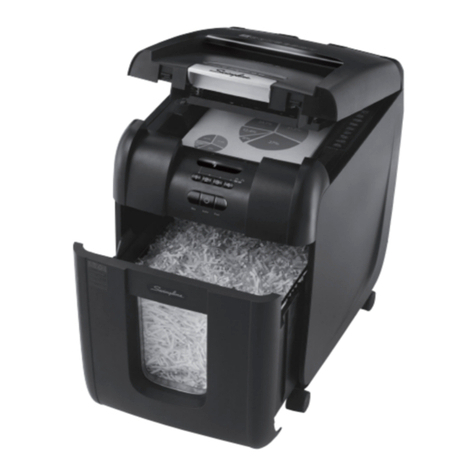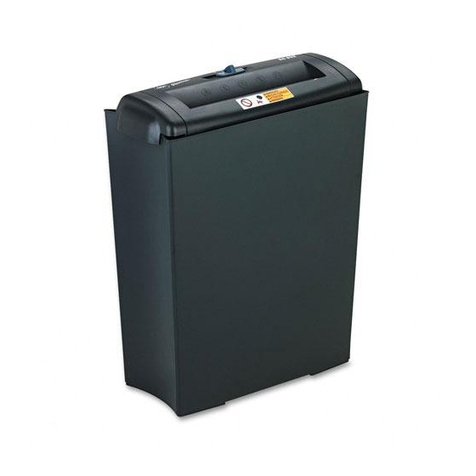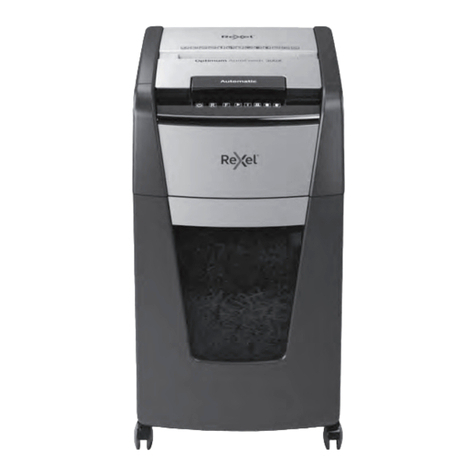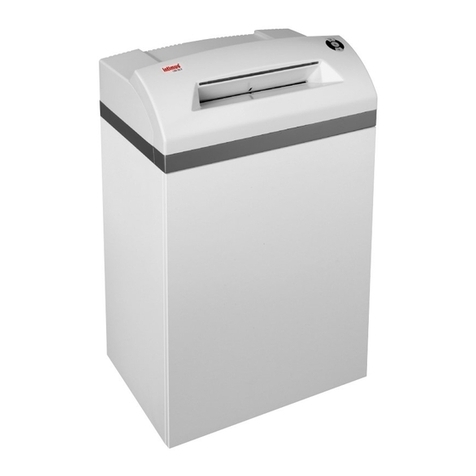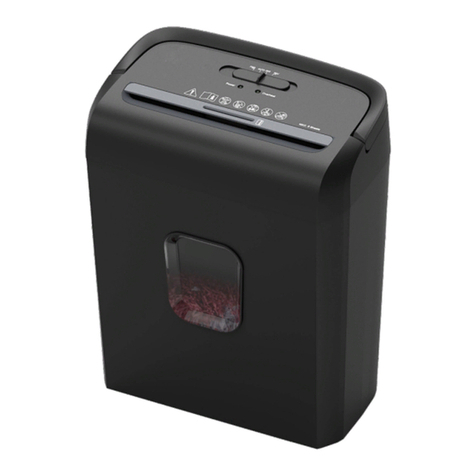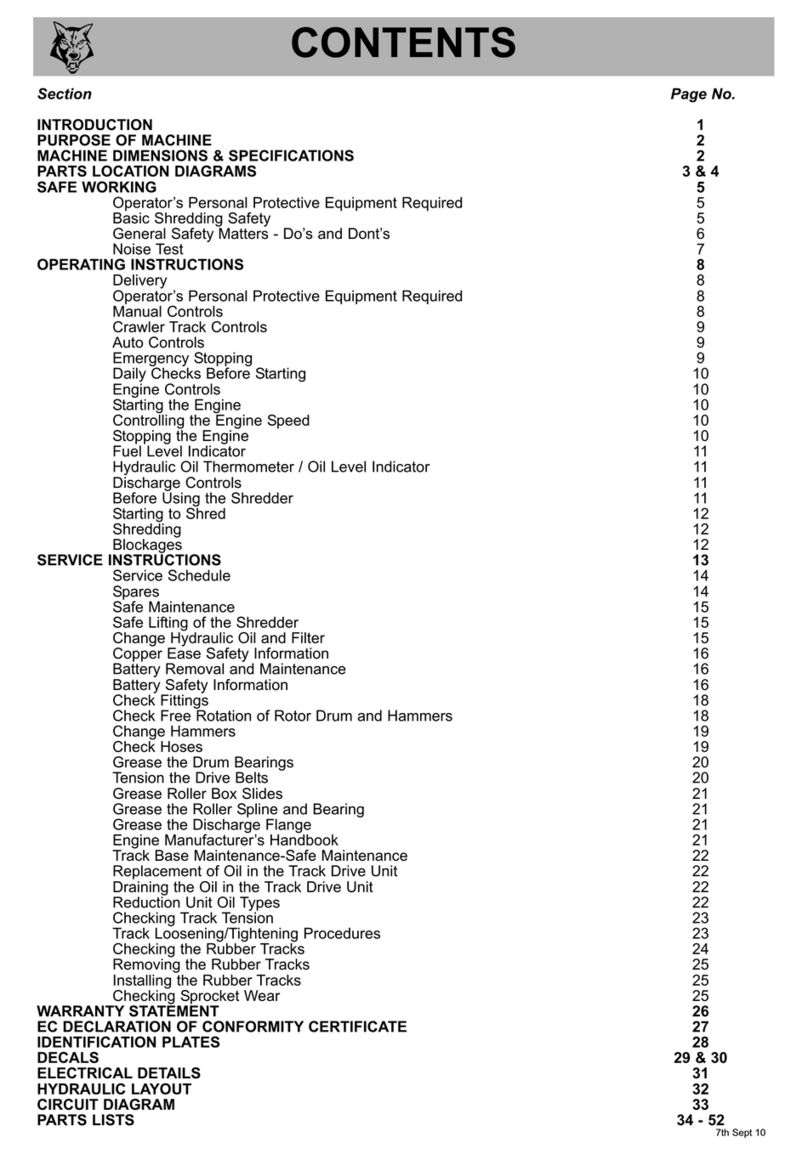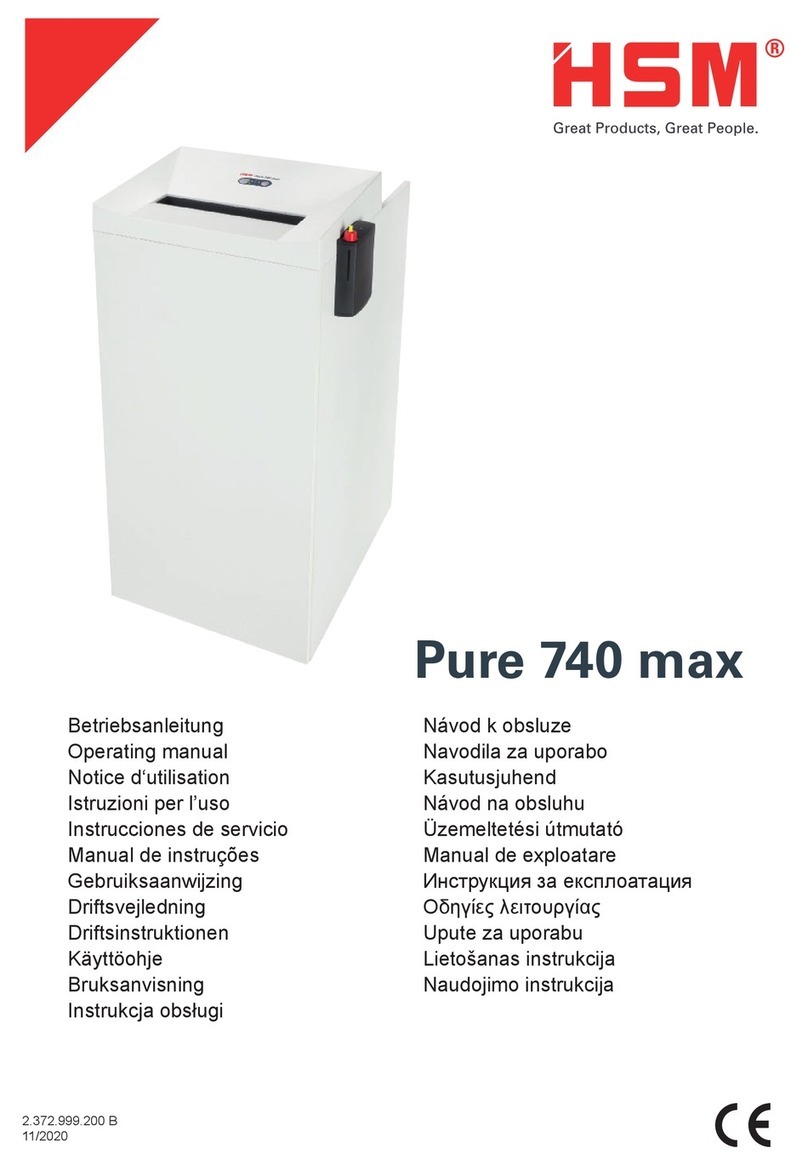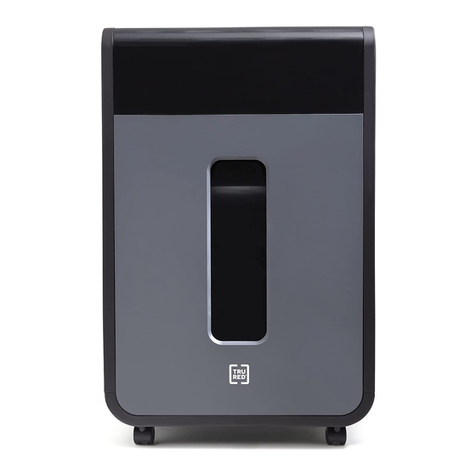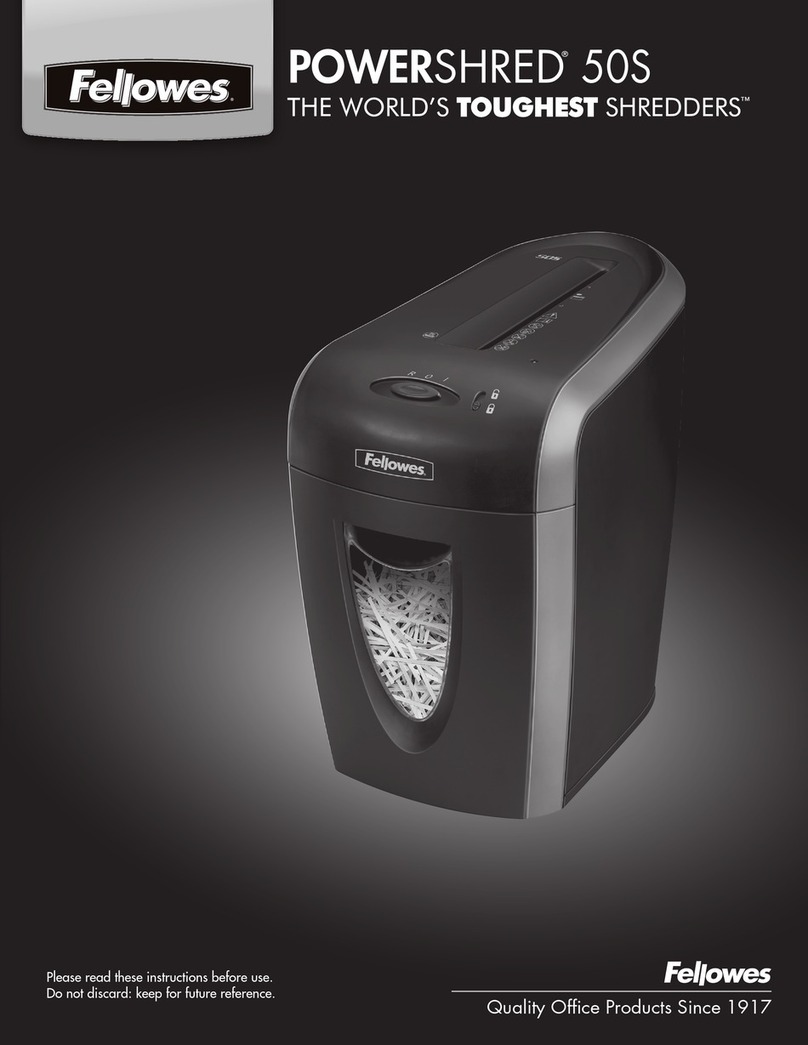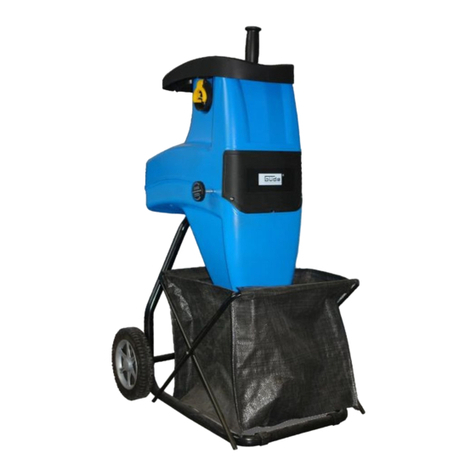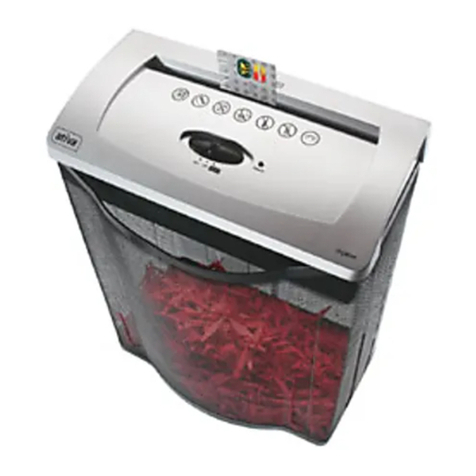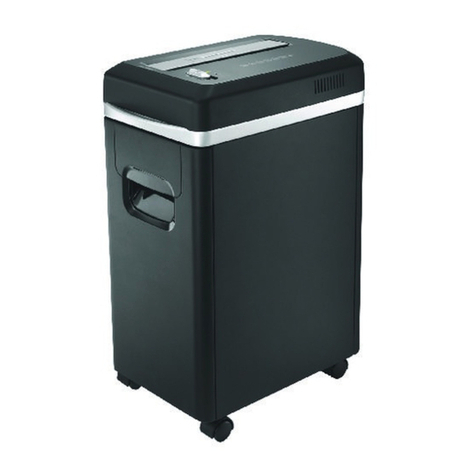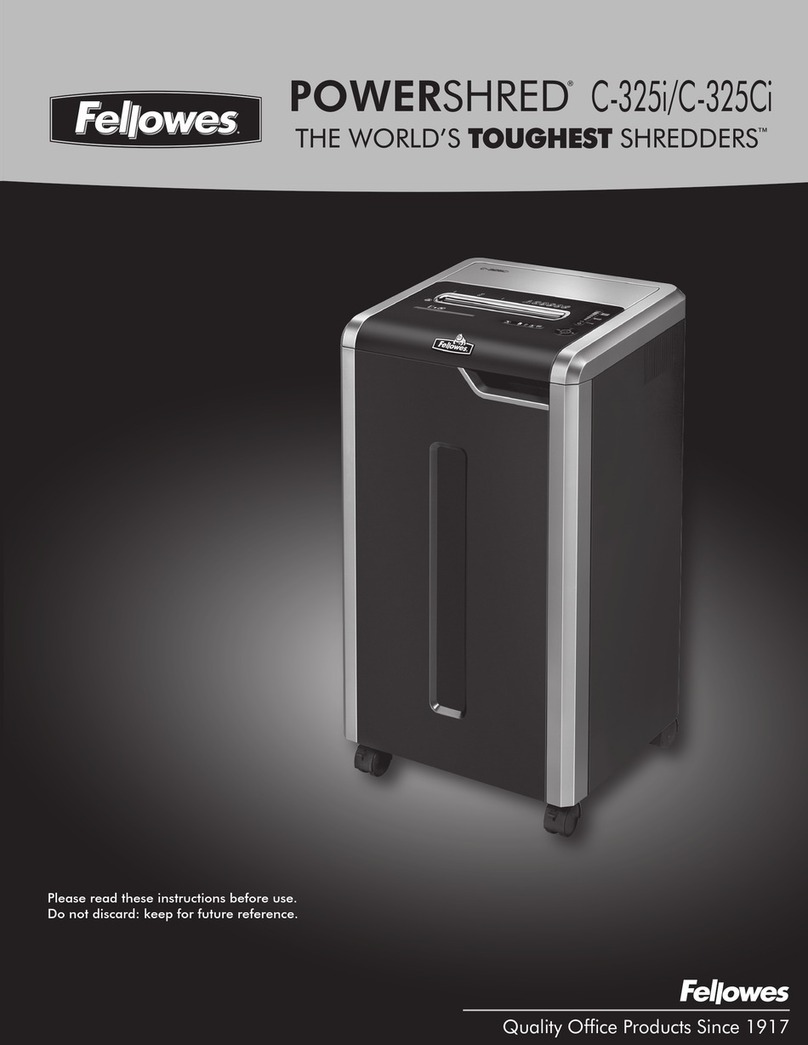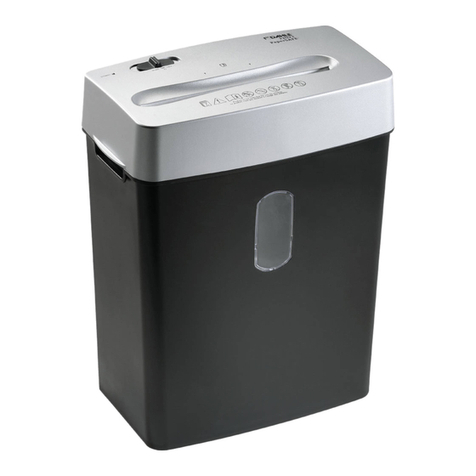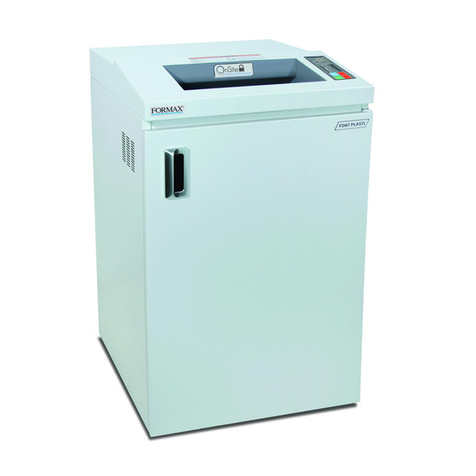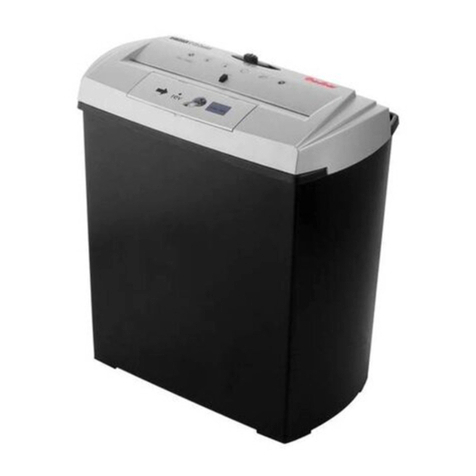Serial No. Location
The serial number plate can
be located here.
725mm
DIMENSIONS
2220mm
4220mm with standard tow head (3600mm with feed tray folded)
1506mm
PURPOSE OF MACHINE
Engine type Kubota 4-cylinder turbo diesel
Maximum power 33kW (45hp)
Cooling method Water cooled
Overall weight 1350kg
Starting method Electric
Roller feed Hydraulic motor
Maximum diameter material 225mm (9")
Fuel capacity 33 litres
Hydraulic oil capacity 15.5 litres
Material processing capacity up to 3 tonnes/hr
Fuel type Diesel
TIMBERWOLF S426TDHB SPECIFICATION
TIMBERWOLF S426TDHB 2
TIMBERWOLF
S426 TURBO SHREDDER
WARNING - LIMITATIONS ON MATERIALS.
To properly control the speed of material entering the shredder chamber, the machine
relies on the large feed roller to grip the material. The feed roller can grip material down to 15mm in diameter.
The machine will not tolerate or process items such as tyres, mattresses, heavy duty plastic containers (used
for oils, chemicals, etc.), carpets, reinforced concrete, metallic items exceeding lightweight domestic door
furniture, commercial plastic gas pipe, alkathene water pipe, metal reinforced drainage/irrigation pipe, baler
twine, rope, metal banding, computer hard drives (which contain magnets) and any similar objects to the
above.
Ejection of material – Warning! The S426TDHB shredder ejects material at high speed. Ensure there is an
adequate safety zone and that ejected material is aimed away from operators into a safe area, i.e. an
enclosure or container with a back stop (i.e. wall) behind it to prevent ejected material from leaving the work
area and causing injury and damage. If loading into a truck or trailer, ensure the structure is strong enough to
cope with the impact from ejected material.
!!
The Timberwolf S426TDHBis a high speed, heavy duty professional shredder. It is designed to shred general
green waste (brash, prunings, hedge trimmings, Leylandii, Christmas trees, rootballs, etc.),brushwood up to
150mm (6”), pallets, domestic doors, wooden and plastic window frames (all pre-cut to fit feed aperture),
contaminated timber, chipboard, MDF, packaging materials, uPVC plastic, cardboard, wooden furniture, fence
posts and similar items. The machine will tolerate drinks cans, plastic bottles, stones, rocks and concrete (up
to fist size), nails, metal door furniture, glass bottles and similar items.
